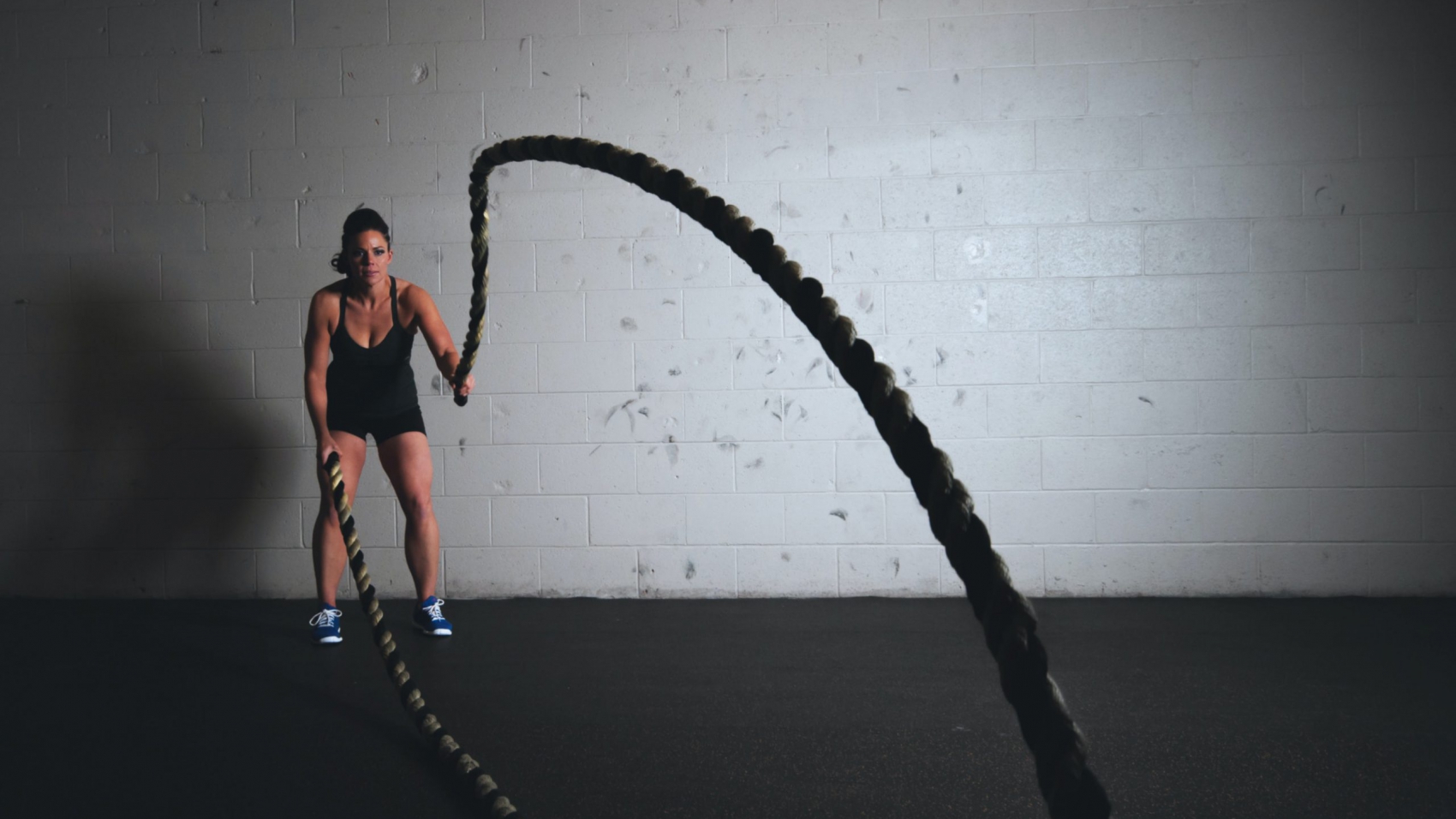THE MOST
COMMON HIIT WORKOUT MISTAKE
High-intensity interval training (AKA “HIIT”) has been a popular training method for years. It’s effective and time-efficient. But, as time has gone on, the methods you see being labeled as “HIIT” are getting farther away from the science that proved the effectiveness of these types of routines.
Just because the high intensity is good, doesn’t mean adding more and more work is better.
The biggest problem with HIIT workouts is that people took a great concept (higher intensity, less rest) and destroyed the execution.
The mindset looks something like this:
“If four minutes is great, then eight minutes must be incredible. And if eight minutes is incredible, then 16 minutes must be mind-blowing.”
This is the opposite of what you want to do. Adding more time does not make all workouts more effective. And, with HIIT, you could easily argue it could reduce the effectiveness of the training.
Why HIIT Workouts Are So Effective
The name of the game is efficiency. There are many ways to train, but scientists are fascinated by high-intensity interval workouts because, when done correctly, you can see great benefits in less time.
The key with good HIIT programming is doing everything you can to maximize intensity. It’s that intensity that enables you to keep the workouts shorter and experience benefits like muscle building, fat loss, and cardiovascular improvements that you typically see in longer workouts.
But, if you don’t set up your workouts in a way that keeps intensity high, then you start to take away from the power of HIIT.
In general, HIIT workouts are characterized by the following:
- Go hard (work at a high intensity, either heavy weights or lots of reps).
- Rest.
- Repeat.
What makes HIIT so effective is the exercise-to-rest ratio. As decorated strength coach Robert Dos Remedios explains in this blog post, a lot of the most popular training protocols are totally backward when it comes to their work-rest ratio.
Translation: People train for way too long of a period, followed by far too little rest.
Coach Dos explains that for a truly all-out effort, you should rest for as much as 5-6 times the time you spent working. When you train for longer periods while resting for shorter ones, the training winds up being more of a cardio/aerobic challenge — which is okay if that’s your goal.
When you go for too long with too short of rest, you’re likely to decrease the intensity of your work, which is the whole point of high-intensity training.
What is the Best HIIT Workout?
If you want HIIT to work for your body (and schedule) and lead to body transformation and health benefits (HIIT workouts are also shown to improve cognition), then shorter rest periods will necessitate shorter workouts. This is all done to maximize intensity and results. Long HIIT workouts with short rest periods are more likely to lead to burnout and not get the desired effects.
In other words, your “work” periods will influence your rest periods. Keep the work short per Dos Remedios’s recommendations, and as the interval work time increases, make sure your rest increases as well.

